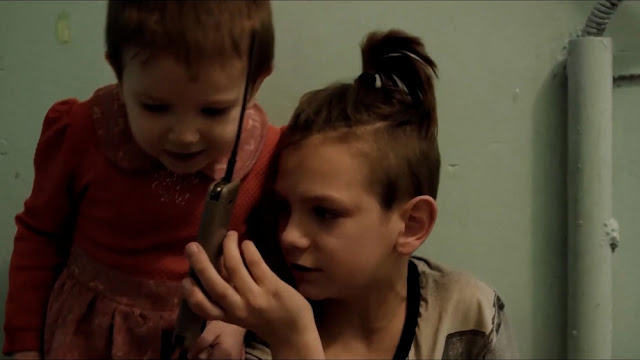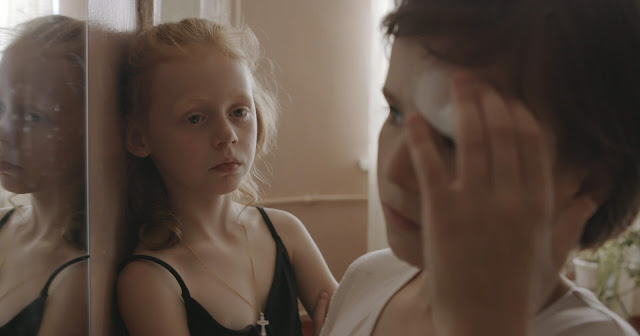The Heartwarming Story Behind "A House Made of Splinters"- An Oscar-Nominated Documentary
Danish filmmaker Simon Lereng Wilmont was inspired to create a new documentary after winning a Peabody Award for "The Distant Barking of Dogs." The film followed a young boy living in the Ukraine during wartime and Wilmont was left wondering what might become of the boy. When visiting Ukrainian orphanages near the frontline, he stumbled upon a smaller halfway house that stood out to him. Despite its worn out appearance, the home was filled with love and comfort, which made Wilmont curious to know more.
This curiosity led him to create "A House Made of Splinters," which tells the story of the halfway house that cared for neglected or abused children. The children were often the product of drug or alcohol-addicted parents and the home was a place of comfort for them while their cases went through the court system. Some went on to bigger orphanages and others found foster homes, but the love and care that they received at the halfway house would stay with them forever.
The film debuted at the 2022 Sundance Film Festival, where it won Best Directing in the World Documentary section and was later nominated for Best Documentary Feature at the Oscars. The film will make its national broadcast premiere on PBS as part of POV's summer 2023 season.
When choosing the subjects of the film, Wilmont says that it was important for the children to be curious about him and his assistant director. He wanted the children to have that light in their eyes, be excited to talk, and to think that they were funny and interesting to hang out with. This was the first step to getting to know each other and creating a heartwarming and memorable film.
Shooting “A House Made Of Splinters”
Getting close to the kids was not an easy feat for Wilmont, but with the support of the social workers, he was able to gain insight into the environment. Wilmont's own experience as a father of two young children helped him connect with the kids in the orphanage. He wanted to make sure that the kids were seen and received the attention they deserve.
One of the biggest challenges for the filmmaker was ensuring that the kids were not performing for the camera. Wilmont spent a lot of time building trust with the kids and making sure they felt comfortable in front of the camera. He encouraged them to let him know if they didn't want to be filmed and respected their wishes whenever they chose to walk away from the camera.
Although Wilmont initially considered filming some of the parents, he decided against it. He felt that it would be too easy to pass judgment on their complicated and nuanced lives. Instead, the film only offers a glimpse into the outside world through the eyes and stories of the kids.
One mother in the halfway house made an effort to present herself while she was being filmed. Wilmont learned that the reason many women leave their kids with the state is that they feel it's a better option than living with a violent or drunk partner.
After production, the filmmakers hired a psychologist to be available to the kids in case they wanted to talk. The psychologist was there when the Russian invasion took place and the kids were taken to western Ukraine for their safety. Some of the kids will eventually be sent to temporary orphanages in Europe.
Before the Ukraine war broke out, Wilmont had already started raising awareness for vulnerable children through an NGO. With the outbreak of the war, the film became even more important as a tool to raise money for the children in need.
The film's main character is the house itself, with the voice of Margarita, who has worked at the orphanage for 30 years, threading the narrative together. The house represents all the destinies that have passed through its walls, and the kids are what make up the house. They are a symbol of hope, resilience, and humanity.











Comments